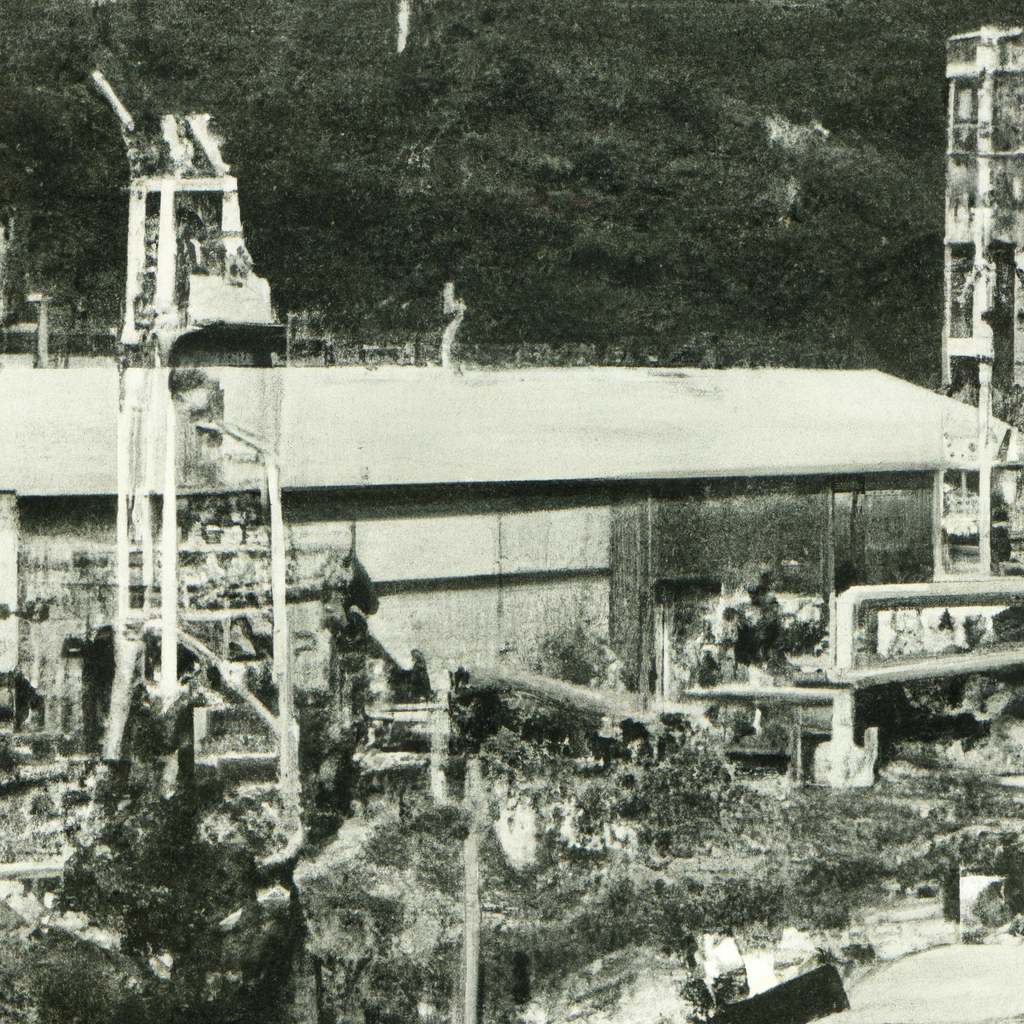
A Legacy of Innovation: Exploring Tamaribuchi Heavy Manufacturing Concern’s Historical Milestones
Tamaribuchi Heavy Manufacturing Concern, a name synonymous with innovation and excellence in the manufacturing industry, has established a rich legacy over its illustrious history. From its humble beginnings as a small factory in the outskirts of Tokyo to becoming one of Japan’s leading industrial conglomerates, Tamaribuchi has continuously pushed boundaries and spearheaded groundbreaking advancements within the sector.
Founded in 1920 by visionary entrepreneur Hiroshi Tamaribuchi, the company initially focused on producing agricultural machinery. Under Tamaribuchi’s leadership, it quickly gained recognition for its commitment to quality craftsmanship and unwavering dedication to customer satisfaction. This reputation laid the foundation for future successes and set an unparalleled standard within the industry.
Throughout the decades that followed, Tamaribuchi Heavy Manufacturing Concern diversified its portfolio by expanding into various sectors such as heavy machinery, automotive parts, electronics, and aerospace components. Its relentless pursuit of innovation propelled the company forward during times of economic uncertainty and technological advancements.
One significant milestone for Tamaribuchi occurred in 1956 when they introduced their patented hydraulic technology that revolutionized construction equipment. This breakthrough allowed for increased efficiency and productivity on construction sites worldwide while minimizing environmental impact. The hydraulic system became widely adopted across industries and solidified Tamaribuchi’s reputation as an industry pioneer.
In the late 1970s, amidst growing concerns about energy consumption and global warming, Tamaribuchi made another bold move towards sustainability by investing heavily in research & development for renewable energy solutions. Recognizing the potential wind power held as a clean energy source; they successfully designed wind turbine systems that were both reliable and efficient – yet another monumental achievement etched into their journey.
As globalization gained momentum in the late twentieth century, Tamaribuchi seized opportunities to expand internationally through strategic partnerships with global leaders in diverse industries. These alliances allowed for knowledge sharing, technology transfers, and access to thriving markets worldwide. Tamaribuchi’s ability to adapt and embrace international cooperation played a pivotal role in their continued success.
Fast forward to the present day, Tamaribuchi Heavy Manufacturing Concern remains at the forefront of cutting-edge technologies. With ongoing investments in artificial intelligence, robotics, and sustainable practices like recycling and waste reduction initiatives, the company demonstrates its commitment to sustainability while staying ahead of industry trends.
Today’s anniversary celebration marks not only a milestone for Tamaribuchi but also a testament to its unwavering dedication towards innovation-driven growth. As we look back on the remarkable journey that brought them here today, it becomes evident that Tamaribuchi’s historical milestones have laid a solid foundation for its future success as an industry leader.
Looking ahead with optimism and determination, Tamaribuchi Heavy Manufacturing Concern continues to shape the manufacturing landscape through groundbreaking products and solutions. The legacy of innovation they have established over decades serves as an inspiration not only within their esteemed organization but also across the broader business community.